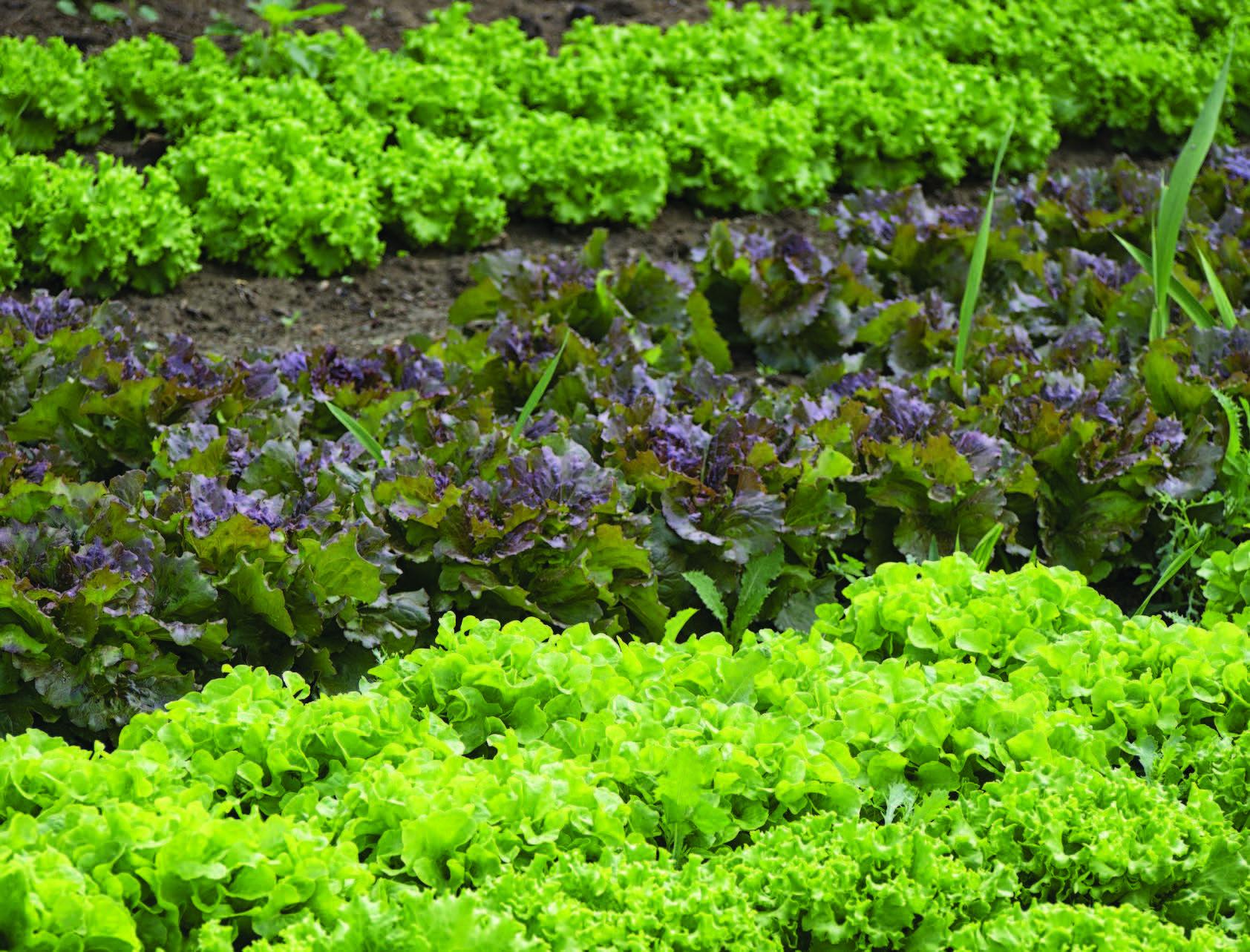So you’re wondering about the optimal time to plant lettuce in the Bluegrass State? Well, look no further! This article will provide you with all the essential details on when you should sow those lettuce seeds in your Kentucky garden. Whether you’re a seasoned gardener or a newbie to the world of lettuce cultivation, we’ve got you covered. By the end of this article, you’ll have a clear understanding of the best timeframe for planting lettuce in Kentucky, ensuring a bountiful harvest of fresh, crispy greens throughout the season.
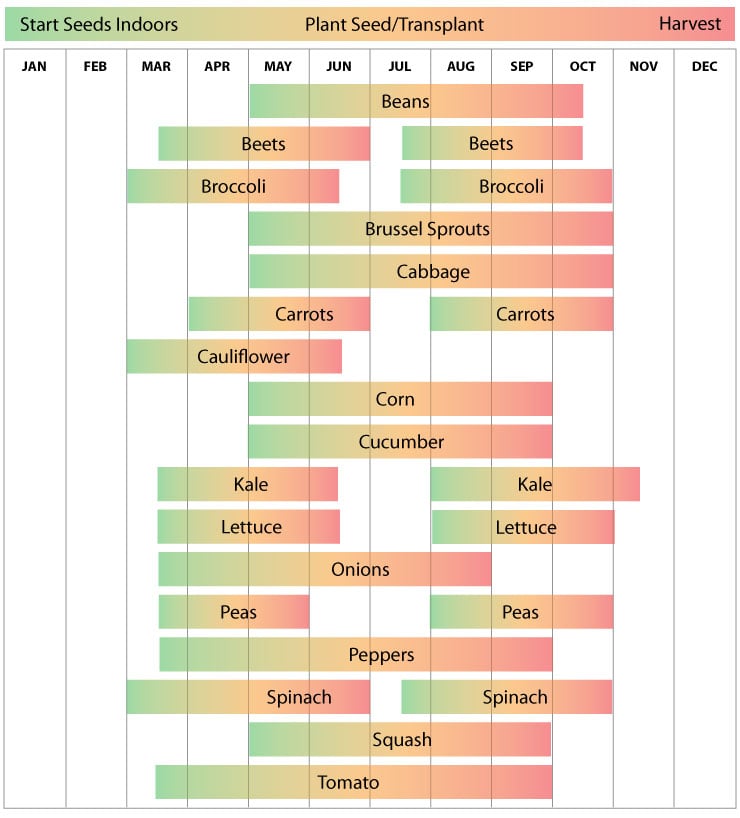
Factors to Consider
Climate
When it comes to planting lettuce in Kentucky, the climate plays a crucial role. Lettuce prefers cooler temperatures, so it’s important to consider the average temperatures in your area. Kentucky has a moderate climate, with cold winters and hot summers. The best time to plant lettuce in Kentucky is during the spring and fall when temperatures are cooler. It’s important to avoid planting lettuce during the peak summer months, as the heat can cause the lettuce to bolt and become bitter.
Soil
The soil composition is another essential factor to consider when planting lettuce. Lettuce grows best in well-draining soil that is rich in organic matter. Before planting, it’s important to amend the soil with compost or well-rotted manure to improve its fertility. The ideal pH range for lettuce is between 6.0 and 6.8. Conducting a soil test will help determine the pH level and any necessary amendments needed for optimal lettuce growth.
Frost Dates
Understanding the frost dates in your region is crucial for successful lettuce planting. Lettuce is a cool-season crop and can tolerate light frosts. In Kentucky, the average last spring frost date is around mid-April, while the average first fall frost date is around mid-October. It’s important to plant lettuce about 4-6 weeks before the last spring frost date to allow enough time for it to mature before the summer heat sets in. For fall planting, start sowing lettuce seeds about 8-12 weeks before the first fall frost date.
Spring Planting
Preparing the Soil
Before planting lettuce in the spring, it’s essential to prepare the soil properly. Start by removing any weeds or debris from the planting area. Loosen the soil using a garden fork or tiller to a depth of 6-8 inches. Incorporate compost or well-rotted manure to improve soil fertility and drainage. Rake the soil to create a smooth and even surface for planting.
Transplanting Seedlings
If you plan to start your lettuce indoors, transplanting seedlings is an effective method for spring planting. Start lettuce seeds indoors about 6-8 weeks before the last spring frost date. Once the seedlings have grown to a height of 2-3 inches, they can be transplanted into the prepared soil. Dig a small hole for each seedling and gently place the roots into the hole. Firmly press the soil around the seedling and water thoroughly.
Direct Seeding
Direct seeding is a popular method for spring planting lettuce. Once the soil has been prepared, create shallow furrows with a garden tool. Sow the lettuce seeds thinly and cover them with a light layer of soil or compost. Water the seeds gently to ensure good soil contact. Keep the soil consistently moist during the germination process. Once the seedlings have emerged and developed their first true leaves, thin them out to provide enough space for proper growth.
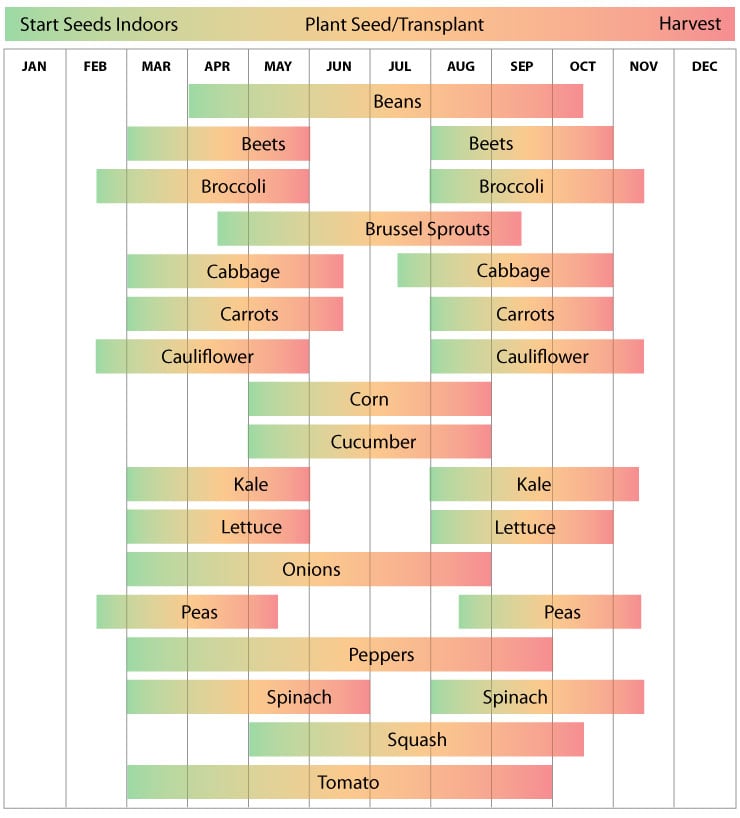
Fall Planting
Preparing the Soil
Before planting lettuce in the fall, it’s important to prepare the soil in a similar manner to spring planting. Remove weeds and debris from the planting area and loosen the soil to a depth of 6-8 inches. Incorporate compost or well-rotted manure to improve soil fertility and drainage. Rake the soil to create a smooth surface for planting.
Transplanting Seedlings
Transplanting seedlings is also an effective method for fall planting lettuce. Start the lettuce seeds indoors about 8-12 weeks before the first fall frost date. Once the seedlings have reached a height of 2-3 inches, they can be transplanted into the prepared soil. Dig a small hole for each seedling, place the roots into the hole, and firmly press the soil around the seedling. Water thoroughly after transplanting to ensure proper establishment.
Direct Seeding
Direct seeding is another viable option for fall planting lettuce. Prepare the soil by creating shallow furrows and sow the lettuce seeds thinly. Cover the seeds with a light layer of soil or compost and water gently to ensure good soil contact. Keep the soil consistently moist during the germination process. Once the seedlings emerge and develop their first true leaves, thin them out to provide adequate space for growth.
Choosing Lettuce Varieties
Leaf Lettuce
Leaf lettuce is a popular choice for home gardeners due to its versatility and easy cultivation. It produces loose, non-heading leaves that range in color from green to red. Leaf lettuce varieties, such as ‘Red Salad Bowl’ or ‘Green Oakleaf,’ can be harvested at any stage of growth. This allows for a continuous harvest throughout the growing season.
Romaine Lettuce
Romaine lettuce, also known as cos lettuce, is known for its long, sturdy leaves and crisp texture. It forms a loose-headed shape with dark green outer leaves and a lighter inner heart. Romaine lettuce varieties, such as ‘Parris Island’ or ‘Crisphead,’ are excellent choices for salads or sandwiches and are a staple in Caesar salads.
Butterhead Lettuce
Butterhead lettuce forms loose, round heads with tender, buttery leaves. It has a milder flavor compared to other lettuce varieties, making it a favorite among many. Varieties like ‘Bibb’ or ‘Buttercrunch’ are popular choices for their sweet flavor and delicate texture.
Iceberg Lettuce
Iceberg lettuce is a classic variety known for its crunchy texture and mild taste. It forms tight, round heads with pale green outer leaves and a crisp white heart. While not as flavorful as other lettuce varieties, iceberg lettuce is commonly used in salads, burgers, or sandwiches for its refreshing and crunchy bite.
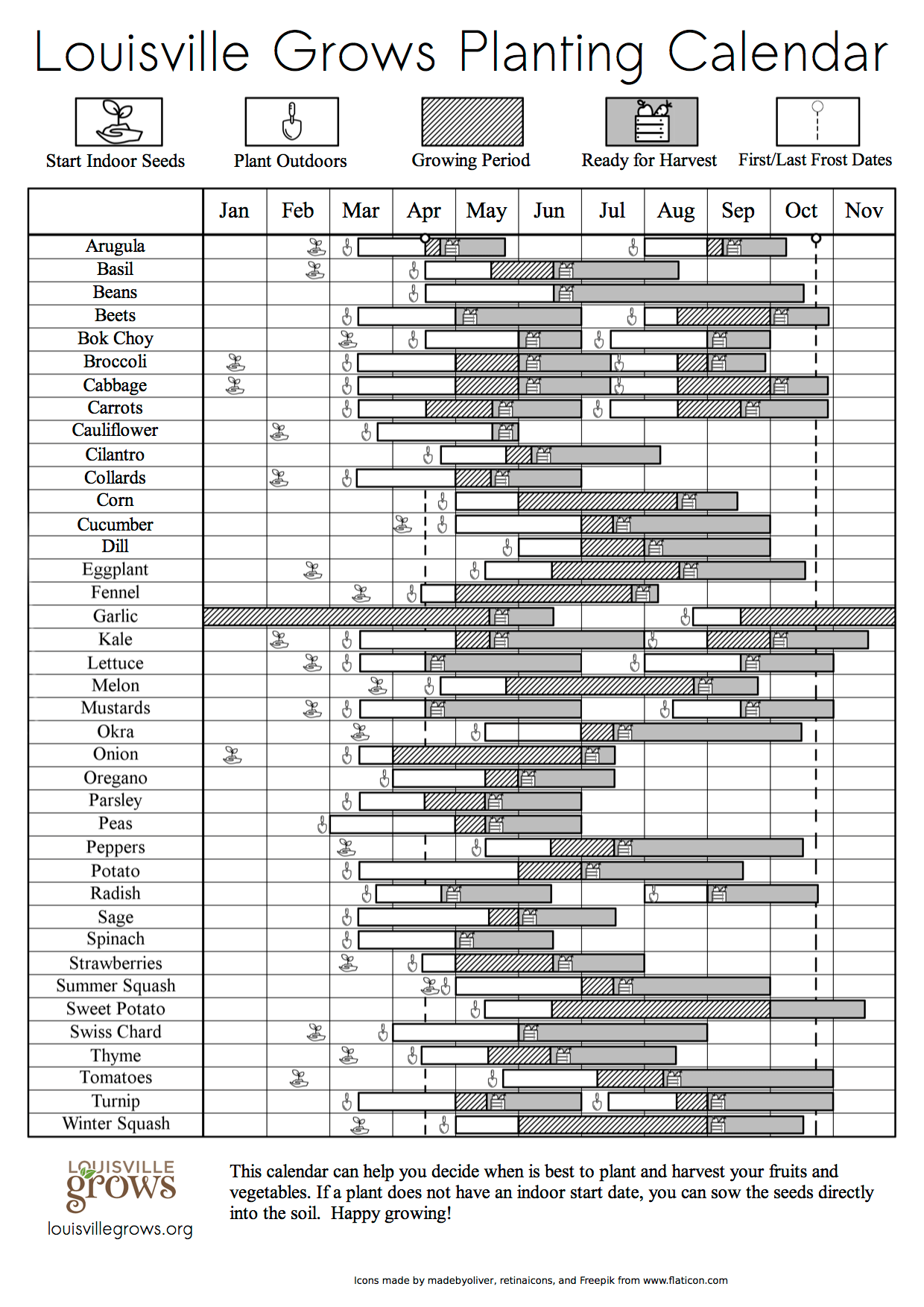
Companion Planting
Enhancing Growth and Reduce Pests
Companion planting is a beneficial gardening practice that involves planting certain plants together to enhance growth and reduce pests. When it comes to lettuce, there are several companion plants that can be planted alongside to promote healthy growth.
Marigolds, for example, are known to deter pests like aphids and nematodes, making them a great companion for lettuce. Herbs such as dill, thyme, and basil can also help repel pests and attract beneficial insects that prey on pests.
Suitable Companion Plants
Certain vegetable plants can also be suitable companions for lettuce. Carrots, radishes, and beets are often planted alongside lettuce as they help improve the soil structure and provide some shade to the lettuce plants. Onions and garlic can help repel pests and may enhance the flavor of nearby lettuce.
Pest and Disease Control
Common Pests
Lettuce can be susceptible to several pests that may affect its growth and quality. Some common pests include aphids, slugs, snails, and flea beetles. Aphids are tiny, sap-sucking insects that can cause curling leaves and stunted growth. Slugs and snails feed on lettuce leaves and leave behind slime trails. Flea beetles create small holes in the leaves.
Common Diseases
Lettuce can also be prone to various diseases, with the most common being downy mildew, powdery mildew, and gray mold. Downy mildew causes yellowish spots on the leaves, which eventually turn brown. Powdery mildew forms a white, powdery coating on the leaves, leading to leaf distortion. Gray mold results in brown spots and fuzzy growth on the lettuce leaves.
Preventive Measures
To prevent and control pests and diseases, practicing good garden hygiene is essential. Remove any plant debris, weeds, or fallen leaves from the garden area to reduce the potential for pests and diseases. Encourage beneficial insects, like ladybugs and lacewings, that feed on pest insects. Regularly inspect the lettuce plants and treat any pest or disease issues promptly. Avoid overhead watering and ensure good air circulation around the plants to prevent fungal diseases.
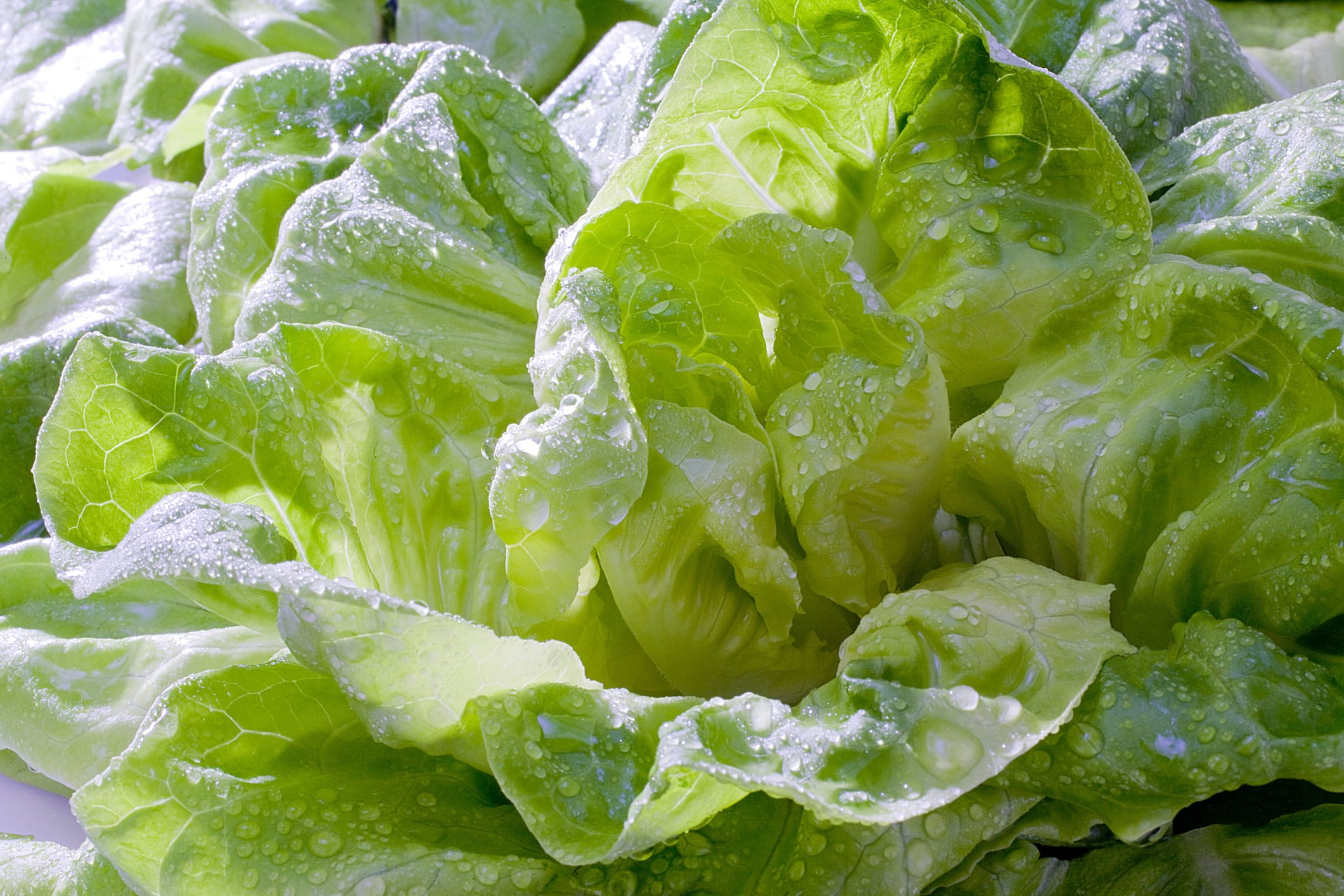
Harvesting and Storage
Harvesting Time
The harvesting time for lettuce varies depending on the variety and desired maturity. Leaf lettuce can be harvested as soon as the leaves have reached the desired size. Simply cut the outer leaves, leaving the inner leaves to continue growing. Romaine lettuce can be harvested when the heads are firm and have developed their characteristic elongated shape. Butterhead and iceberg lettuce can be harvested when the heads are full and the leaves feel crisp.
Proper Storage Techniques
To ensure the freshness and longevity of lettuce, proper storage techniques are crucial. After harvesting, remove any damaged or wilted leaves and wash the lettuce thoroughly. Gently pat dry the leaves and store them in a perforated plastic bag or container in the refrigerator. Lettuce can stay fresh for up to 1-2 weeks when stored properly. Avoid storing lettuce near fruits, as the ethylene gas produced by fruits can cause lettuce to spoil more quickly.
Common Mistakes to Avoid
Overcrowding
Planting lettuce too closely together can lead to overcrowding, which can hinder proper growth and airflow. Overcrowded lettuce plants are more susceptible to pests and diseases. It’s important to follow the recommended spacing guidelines for each lettuce variety to ensure optimal growth and ample space for the plants to thrive.
Overwatering
Overwatering is a common mistake when it comes to growing lettuce. Lettuce prefers consistently moist soil but not overly saturated conditions. Overwatering can lead to root rot, fungus, and disease development. It’s important to water lettuce plants deeply and allow the soil to dry slightly between waterings. Use a drip irrigation system or water at the base of the plants to avoid wetting the leaves unnecessarily.
Planting in Unsuitable Conditions
Planting lettuce in unsuitable conditions, such as during the peak summer months or in soil lacking organic matter, can lead to poor growth and limited yield. It’s important to consider the climate, frost dates, and soil composition before planting lettuce. By choosing the appropriate planting time and amending the soil adequately, you can provide the ideal conditions for successful lettuce cultivation.
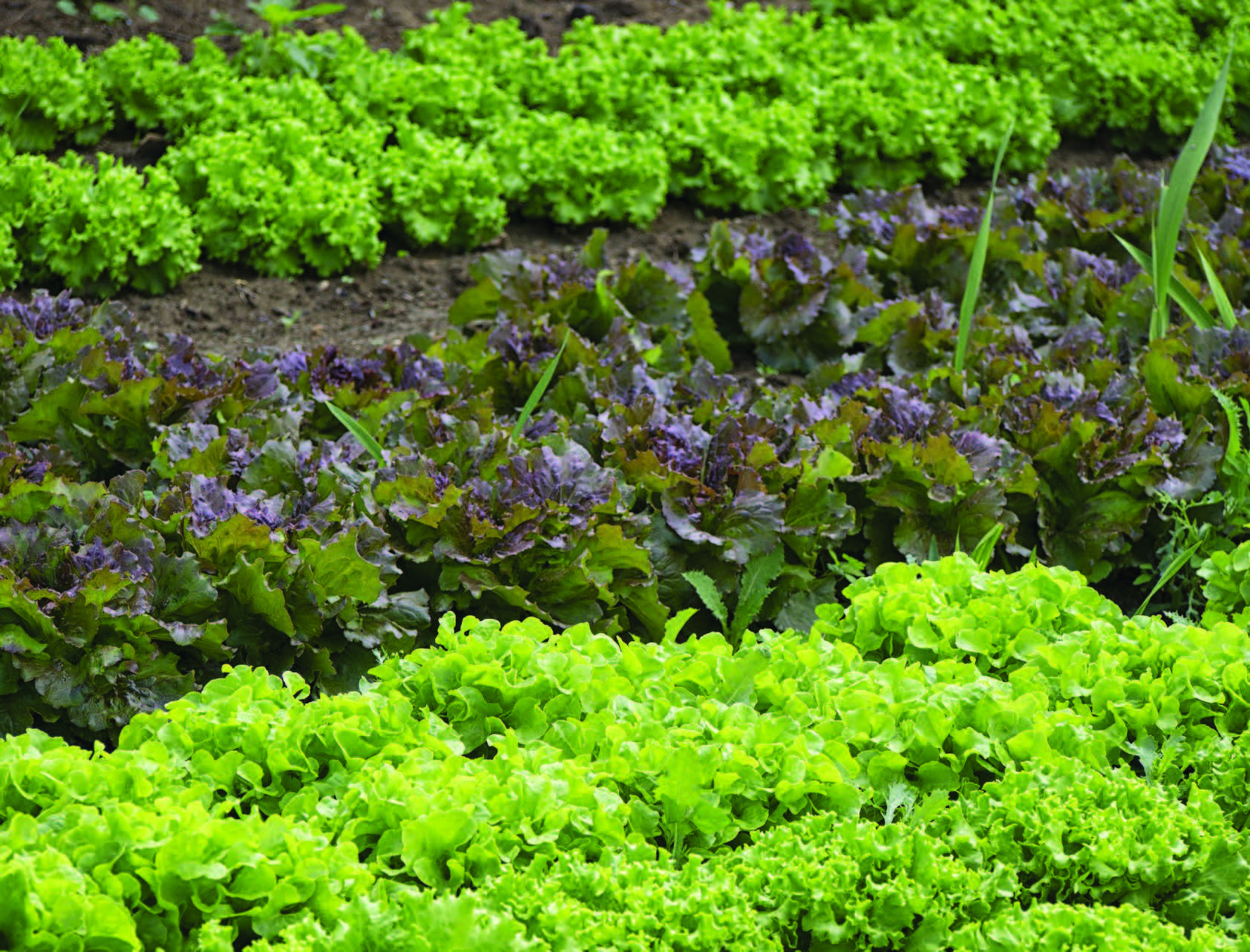
Conclusion
When it comes to planting lettuce in Kentucky, considering factors such as climate, soil, and frost dates is essential. Spring and fall planting are recommended, while avoiding the peak summer months. Proper soil preparation, either through transplanting seedlings or direct seeding, is crucial for successful lettuce growth. Choosing the right lettuce varieties, practicing companion planting, and implementing pest and disease control measures can also greatly enhance the overall health and productivity of your lettuce plants. By avoiding common mistakes and adopting proper harvesting and storage techniques, you can enjoy a bountiful harvest of fresh, homegrown lettuce throughout the growing season.
